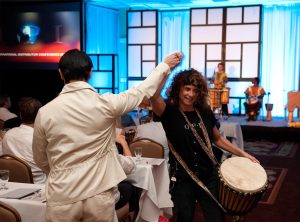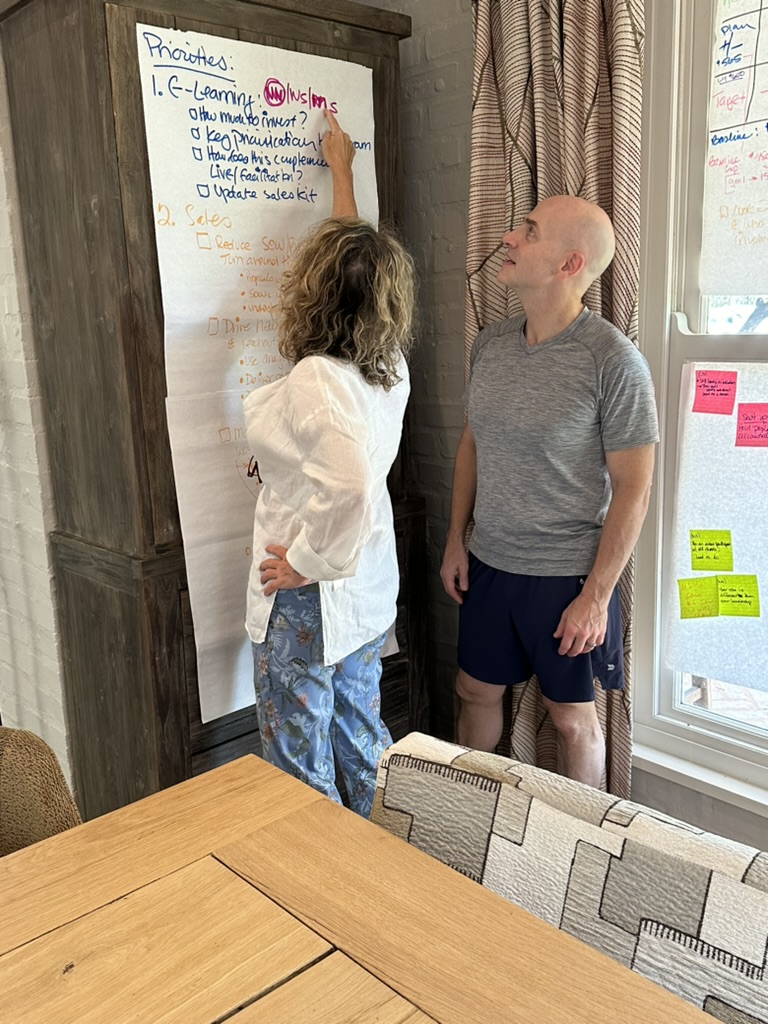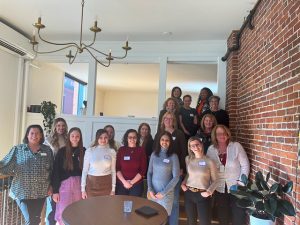
My Dimensions of Diversity (Natalie Spiro)
I am a woman with unique dimensions of diversity. Each aspect of my life contributes to a rich tapestry of experiences and perspectives. I
We’re driven by shared beliefs that allow us to work with all types of organizations across a wide range of industries to produce remarkable results.
A close-knit team with highly diverse backgrounds and skill sets, coming together with a singular purpose to deliver powerfully on your objectives and exceed your expectations.
To engage and retain talent in a rapidly evolving world, we must remain flexible and innovative in our approach to building and sustaining company culture.
Bringing in a professional coach is a smart path forward to unlock the potential observed in your leaders. Our certified coaches bring years of experience and can provide support and guidance. Empower and take your leaders to the next level.
We’re driven by shared beliefs that allow us to work with all types of organizations across a wide range of industries to produce remarkable results.
A close-knit team with highly diverse backgrounds and skill sets, coming together with a singular purpose to deliver powerfully on your objectives and exceed your expectations.
To engage and retain talent in a rapidly evolving world, we must remain flexible and innovative in our approach to building and sustaining company culture.
Bringing in a professional coach is a smart path forward to unlock the potential observed in your leaders. Our certified coaches bring years of experience and can provide support and guidance. Empower and take your leaders to the next level.

Over the past year, in a coaching engagement, a client wanted to engage in inspiring and participating with their team to work together with more collaboration, communication, and commitment. These goals were to support individual and organizational culture enhancement. Here’s a high-level overview of how we applied the 5 A’s model to achieve meaningful results.
In this example, we will interchange Client and Leader. Both are the same person. The Sponsor is the Client’s/Leader’s champion or boss who will support this Client’s coaching journey both during and post the engagement.
In our February Newsletter, we explored the importance of setting KPIs. This study is an extension of how KPIs can be set thoughtfully (Keep an eye out for how to take action on these KPIs in our April Newsletter!).
1. Analyze: What is the focus of the coaching engagement?
2. Accept: Explore data that allows the client to leverage their coaching goals/objectives with insights
3. Assess: Digest the 360 Feedback revealing that the team was struggling with change leadership
4. Activate the assemble plan (also known as a growth plan) to pilot, experiment, and decide how to learn, grow, and invest in both themselves as the client and as a collective team
5. Achieve: Recap how the leader/client created awareness, utilized data, and crafted action plans that would both enhance this leader’s impact and support the team’s grow
o As a result of the coaching, the team enhanced their collaboration and commitment.
o Because coaching is an investment in someone’s growth, the ripple effect was apparent in that the team benefited from the client/leader’s coaching of their team members individually and as a team.
Other actions because of this Coaching Engagement:
o Explore the team’s core strengths by engaging this leadership team in a Gallup Cliftonstrengths® Team Coaching Program.
Coaching is an ongoing process that takes time and effort – the best outcomes come to those who dive into their leadership capabilities, challenges, and opportunities to navigate the ever-changing workplace better. Want to start your own journey?

I am a woman with unique dimensions of diversity. Each aspect of my life contributes to a rich tapestry of experiences and perspectives. I

In my professional life I was not lucky to have a mentor. I had people that supported me, gave me advice, and coached me, but

IT’S BI-VISIBILITY DAY. HERE’S WHY WE SHOULD HONOR IT by Michelle Ostroff and Dylan Moore Nearly 57% of people who identify as LGBTQIA+ are